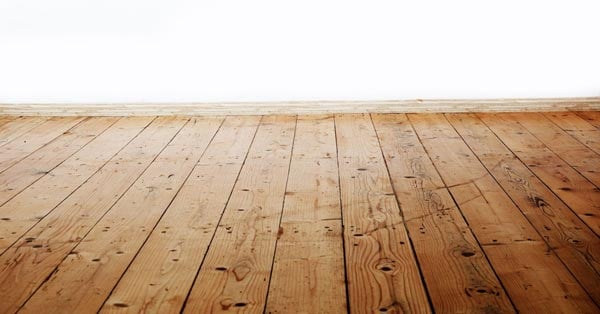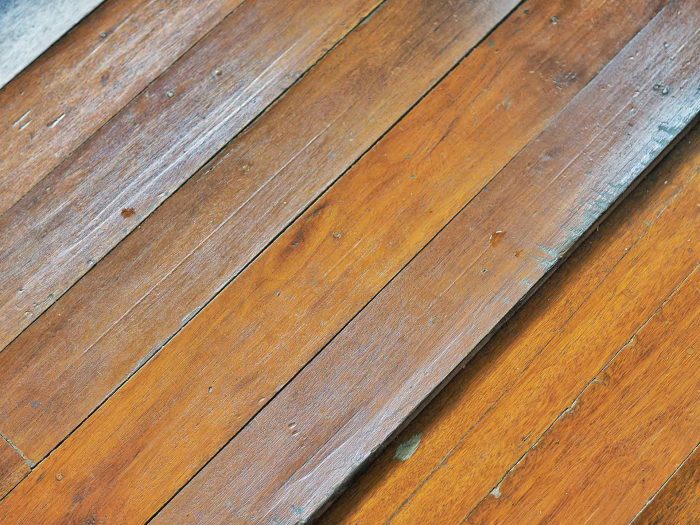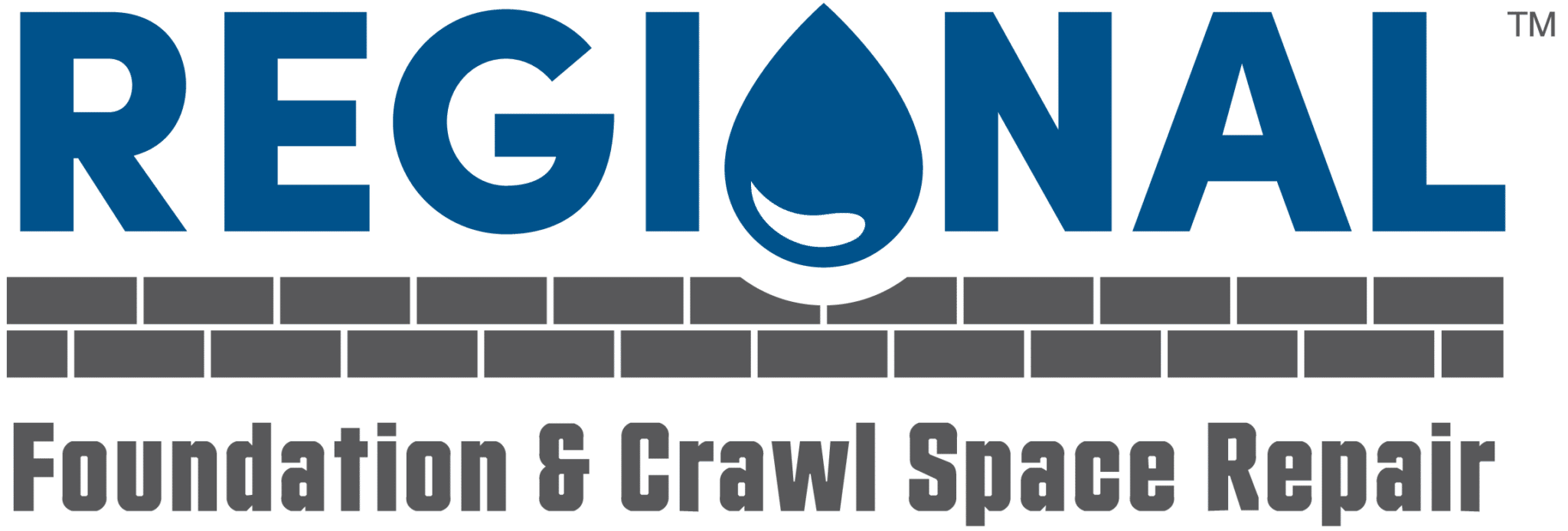Both old and new houses can have sloping floors, which is often unsightly to homeowners–but are sloping floors truly something you need to worry about?
The answer to that question depends heavily on the cause of your sloping floor and the degree to which it is sloping. In this article, we’ll look at a few of the most common reasons a floor might slope. After that, we’ll share a few ways to level your floors again.
What Are the Main Reasons Why Floors Slope?

Before you endeavor to fix a sloping floor, it is crucial to understand why your floor is sloping in the first place. After all, knowing the underlying cause of your sloping floor is the first step toward finding an appropriate solution. There are many reasons a floor might begin to slope, some of which are more common than others.
One of the leading causes of sloping floors is damage to the floor itself or to the structural elements that directly support the floor from below. Any wooden flooring features are especially vulnerable to damage that could cause a noticeable floor slope.
Over time, wooden elements can decay, especially if your home struggles with termites or accumulations of mold and mildew. When a floorboard breaks or a wooden joist becomes compromised, the floor can begin pitching in one direction rather than remaining level.
In addition to direct floor damage and decay, a sloping floor can result from another common phenomenon known as “settling.” After a home is built, the soil beneath the home’s foundation will often shift and sink gradually over the years. As this occurs, the foundation will shift as well.
Since the foundation supports the rest of your home, if it becomes uneven, the rest will be slightly uneven, too. A small amount of uniform foundation settling itself is normal and does not necessarily indicate serious underlying structural problems. However, if your house settles to such a significant degree that your floors are beginning to slope, you should have your foundation inspected for structural damage. This often causes sloping floors, among other nuisances and issues.
There are plenty of instances in which a sloping floor is a direct indication that your foundation has significant damage that you must address as soon as possible. The best way to know if your sloping floor arises from a structural problem is to consult a professional for help. Foundation experts can quickly discover the true source of your sloping floor and find a solution that works best for you.
When to Worry About a Sloping Floor
A slight slope in a floor is often nothing to worry about, as it is likely the result of regular settling. However, there are some signs you should notice that can indicate whether or not your sloping floor is a sign of a more serious issue.
If you notice creaking, splintering, or significant sagging when you step on certain parts of the floor, there’s a good chance that your floor or joists are damaged. Additionally, you should pay attention to the overall severity of the slope.
When you have a sloping floor, evaluating how much the floor slopes over a specific distance is essential. If your floor slopes more than 2 inches over 20 feet of horizontal distance, it is a good idea to have your floor evaluated by a professional.

Ways to Fix a Sloping Floor
As we mentioned earlier, the best way to fix a sloping floor depends on why it is sloping in the first place. If your floor is damaged or decaying, the best approach is to hire someone to repair or replace it if necessary.
If a foundation problem causes your floors to slope, then the solution to your problem may be more complicated. In such situations, you must find a foundation repair team that can accurately evaluate your foundation’s condition and implement a solution that will fix it for the long term.

Regardless of the cause of your sloping floor or the appropriate solution, it is always best to reach out to someone with experience rather than attempt to fix your sloping floor yourself. An experienced professional team will know how to level your floor safely, quickly, and effectively.
What Happens If You Don’t Fix a Sloping Floor
If your floors slope due to foundation damage or another structural fault in your home, it is safe to say that a sloping floor that goes unattended will only get worse. A worsening sloping floor can become a dangerous safety hazard in extreme situations.
The threat of costly damage is especially prevalent if a foundation issue is the cause of your sloping floor. When a damaged foundation goes unrepaired, the damage will only get worse and become more costly to repair. Additionally, ongoing foundation damage can cause pervasive structural damage to your entire home.
Since the causes of a sloping floor can lead to extensive damage and compromise the structural integrity of your home, the best approach is to take action immediately by finding a team of trusted professionals.
When in Doubt, Hire an Expert to Help
Regional Foundation & Crawl Space Repair provides high-quality foundation repair services to homeowners throughout Eastern North Carolina. If you live in the area and have a sloping floor in your home, we’d be happy to check it out for you and determine whether it results from foundation damage.
If your foundation needs repair, we’ll be well-prepared to provide you with a resolution. However, if you are unsure what kind of foundation work you need, your best bet is to take advantage of our free estimate offer. We’d love the opportunity to evaluate your foundation and find the right foundation service for you!

